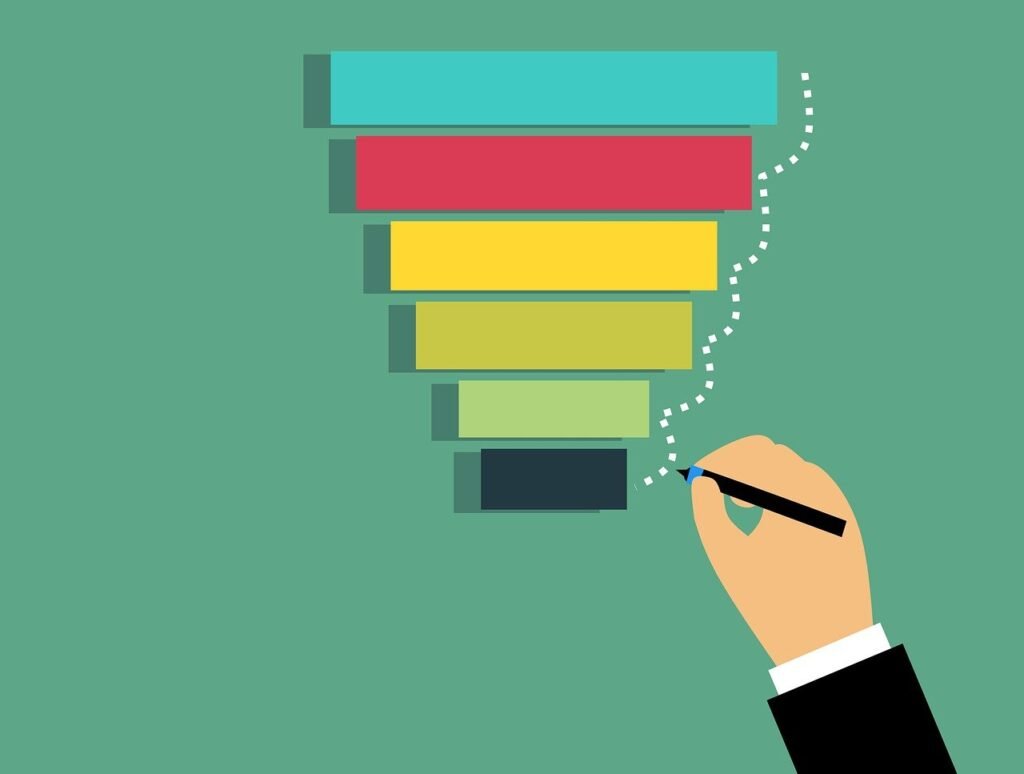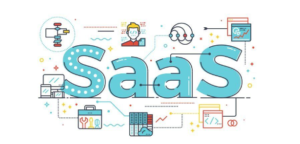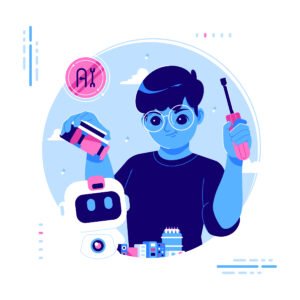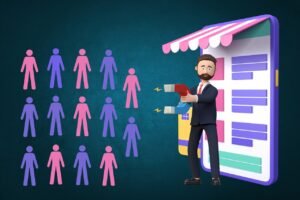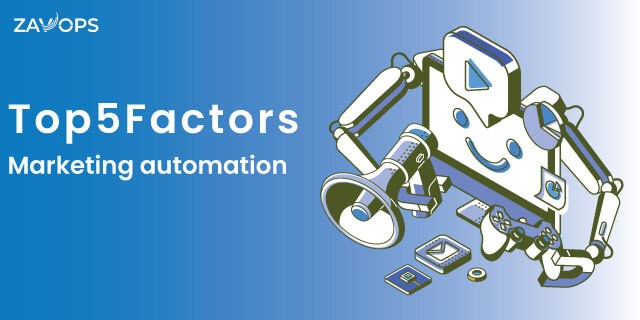How To Build the Perfect Conversion Funnel with Marketing Automation?
Introduction
A conversion funnel refers to the path that your prospects take, ultimately resulting in a conversion. The percentage of prospects who convert into final customers is much smaller as compared to the percentage of leads generated, resulting in the funnel shape. A conversion funnel has four different stages. Prospects that cross all four stages convert into long-term customers. With a marketing automation platform, you can create a conversion funnel that is extremely effective in engaging your prospects and getting them to complete the sale. Read on to know how you can use marketing automation to create a conversion funnel. But before that:
What is an Automated Conversion Funnel?
To understand conversion funnel with marketing automation, imagine a regular funnel you might use for pouring something into a bottle. You pour something into the funnel’s top; it passes through narrower portions and eventually comes out the narrowest point at the bottom, filling the bottle.
In the sales world, the bottle represents your business, and your goal is to fill your business with loyal customers. Prospects begin at the top of the funnel and trickle through before becoming customers.
With a sales funnel, not everything that enters the top of the funnel is guaranteed to come out the bottom.
A conversion funnel with marketing automation is just a sales funnel with added automation to help keep things moving smoothly. But to create conversion funnel with marketing automation, you’ll need some type of marketing/sales funnel automation software.
There are various types of funnel-building software tools available, but usually, sign-up forms, Auto Responders, and scheduling software will be the most helpful — depending on your business and funnel.
The huge advantage of handling conversion funnel with marketing automation is that you can generate more revenue with less manual effort from your sales team — while filtering out unqualified leads. And it makes sense – less time prospecting means more time closing.
Stages of the Conversion Funnel
The sales funnel is generally divided into three sections: the top, middle, and bottom.
Top Of The Funnel (TOFU)
At the top, the funnel has the stages in which a lead comes across the product. This could be in the course of some research to solve a problem they may have, or they might simply stumble across the product and become interested in it.
This section, therefore, comprises the awareness and interest stages. These may be shown differently on different funnels. Interest could be consideration, discovery, or attraction for example. But they essentially refer to the same idea. From the marketer’s perspective, this is generally referred to as a lead generation.
Middle Of The Funnel (MOFU)
The middle of the funnel has the client considering their options and doing their due diligence, if you will, before they come to a decision. At this stage, the client familiarizes themselves with the product. They look for additional information about it, perhaps investigating use cases to see if it will fulfill their requirements. They read reviews and opinions on it and make comparisons with other similar products.
For prospects at this stage, it is crucial that they have all the product information they need to help them make their choice.
This section is sometimes referred to as the lead nurturing stage and comprises the evaluation and intent stages.
Bottom Of The Funnel (BOFU)
As the prospect draws closer to making the decision to purchase, they may want to test the product, depending on what it is. They might require more specific information, usually pertaining to their particular use case to find out if the product is indeed a good fit for their needs. At this stage, they are looking to kill any lingering doubts and need to be convinced that the product will deliver.
If all goes well, the client makes the purchase and provided they are satisfied, they go on to become brand evangelists. They tell others about their positive experience with the product, and they become repeat customers. These are the purchase and loyalty stages.
How Does Marketing Automation Help At Each Funnel Stage?
The specifics of how the funnel is structured will depend on the industry, the product, and your specific company’s marketing strategy. Many elements will occur in the same channels with only the specific content varying for different stages. Emails can, for example, offer general information, or more targeted campaigns for those prospects who are looking for additional information before making a choice. Newsletters help to keep clients loyal, keeping the product top of mind, or might be used to spread awareness and generate leads at the opposite end of the funnel.
Whatever your needs, marketing automation could provide an all-round, ready-made solution to help you set up the automation of your sales funnel and improve your conversion rates.
In A Nutshell
At the end of the day, the choice of strategy hinges on the nature of the business you are in. Whatever the case, you want to be able to offload repetitive tasks to automation software so that you can focus on closing deals, analyzing performance, and making tweaks for improvement.

